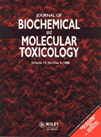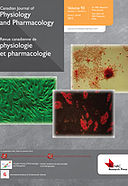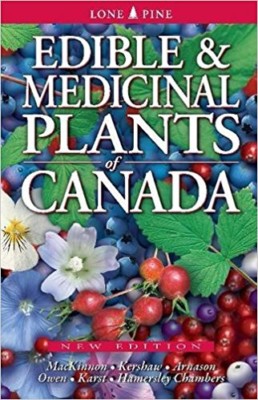Inhibition of advanced glycation end product formation by medicinal plant extracts correlates with phenolic metabolites and antioxidant activity.
C.S. Harris, L.P. Beaulieu, M.H. Fraser, K.L. McIntyre, P.L. Owen, L.C. Martineau, A. Cuerrier, T. Johns, P.S. Haddad, S.A. Bennett, J.T. Arnason
Planta Medica 77 (2):196-204 (2011)
Nonenzymatic formation of advanced glycation end products (AGEs) is accelerated under hyperglycemic conditions characteristic of type 2 diabetes mellitus and contributes to the development of vascular complications. As such, inhibition of AGE formation represents a potential therapeutic target for the prevention and treatment of diabetic complications. In the present study, ethanolic extracts of 17 medicinal plants were assessed for inhibitory effects on in vitro AGE formation through fluorometric and immunochemical detection of fluorescent AGEs and N(ε)-(carboxymethyl)lysine adducts of albumin (CML-BSA), respectively. Most extracts inhibited fluorescent AGE formation with IC (50) values ranging from 0.4 to 38.6 µg/mL and all extracts reduced CML-BSA formation but to differing degrees. Results obtained through both methods were highly correlated. Antiglycation activities were positively correlated with total phenolic content, free radical scavenging activity and reduction in malonyldiadehyde levels following oxidation of low-density lipoprotein, but negatively correlated with lag time to formation of conjugated dienes. Together, these results provide evidence that antioxidant phenolic metabolites mediate the antiglycation activity of our medicinal plant collection, a relationship that likely extends to other medicinal and food plants.

Infectious Disease and Traditional Knowledge in Africa
E. Ubalijoro, P.L. Owen, P. Atadja, J.L. Mpagi, T.G. Geary and C. Wambebe
TechnoAfrica Policy Monitor No. 3. Series Editors: J.P. Ezin, Abdulhakim Alware and M.H. Khalil Timmamy. Lagos, Nigeria, AfricanUnion-STRC (2009)
There is a vicious cycle between poverty and disease and a widening gap between Africa and the rest of the world regarding the generation of research, synthesis of existing global knowledge, capacity and the will to utilize existing and proven health research data in policy formulation and management. At the current pace, the Millennium Development Goals (MDGs) on child and maternal mortalities, reduction of the HIV/AIDS pandemic, improved control of TB and malaria, as well as poverty reduction, cannot be achieved without fresh and invigorated commitment to this laudable initiative. The HIV/AIDS pandemic is thought to cause 2-4% cuts in annual growth rates in Sub-Saharan Africa , . Currently health research systems are treated as a separate entity from health systems and its multi-disciplinary and multi-sectoral nature is not emphasized. The situation is further compounded by the lack of resources for strengthening local health systems and the increasing trend of migration of skilled health workers to developed countries.



